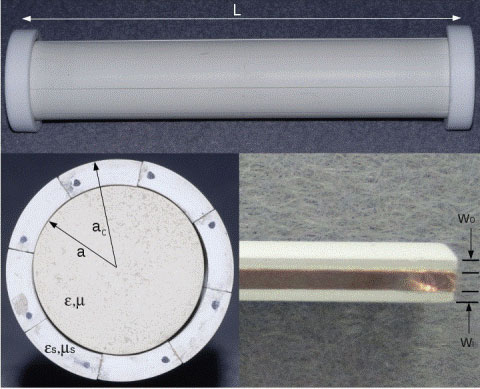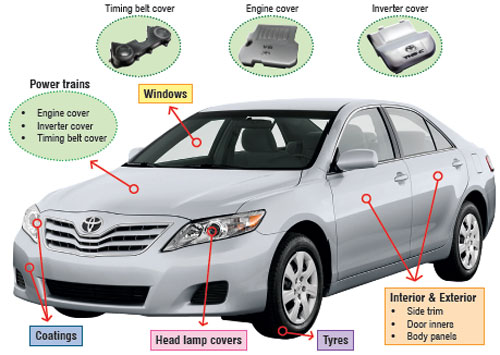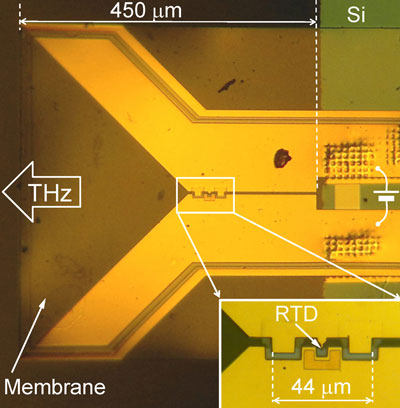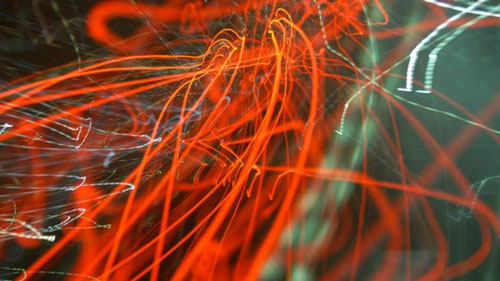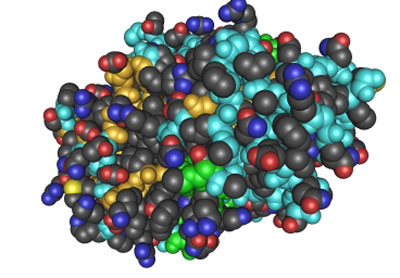>
(Nanowerk News)< A group of researchers from National Tsing Hua University in Taiwan and the Karlsruhe Institute of Technology in Germany have created a "write-once-read-many-times" (WORM), DNA-based memory device that uses ultraviolet (UV) light to encode information.
The device consists of a thin film of salmon DNA embedded with silver nanoparticles and sandwiched between two electrodes. Shining UV light on the system triggers a synthesis process that causes the silver atoms to cluster into nano-sized particles, and readies the system for data encoding.
At first, when no voltage or low voltage is applied through the electrodes to the UV-irradiated DNA, only a low current is able to pass through the composite; this corresponds to the "off" state of the device.
However, the UV irradiation makes the composite unable to hold charge under a high electric field, so when the applied voltage exceeds a certain threshold, an increased amount of charge is able to pass through. This higher state of conductivity corresponds to the "on" state of the device.
Once information is written, the device appears to retain that information indefinitely. The material's conductivity did not change significantly during nearly 30 hours of tracking.
The authors hope the technique will be useful in the design of optical storage devices and suggest that it may also have plasmonic applications.
DNA may be less expensive to process into memory devices than using traditional, inorganic materials like silicon, the researchers say.
Elsewhere
Salmon DNA Makes Better Lighting
Andrew Steckl, director of the Nanoelectronics Laboratory at the University of Cincinnati, is using salmon sperm DNA to create a new type of light-emitting diode (LED), the energy-efficient bulb used in everything from watches to Christmas-tree lights. By using DNA strands to isolate more luminophores—the molecules that generate light within LEDs—Steckl can produce LED bulbs that are 10 times brighter and last three to five times longer than current versions.
>
Bloomberg Business Week<


